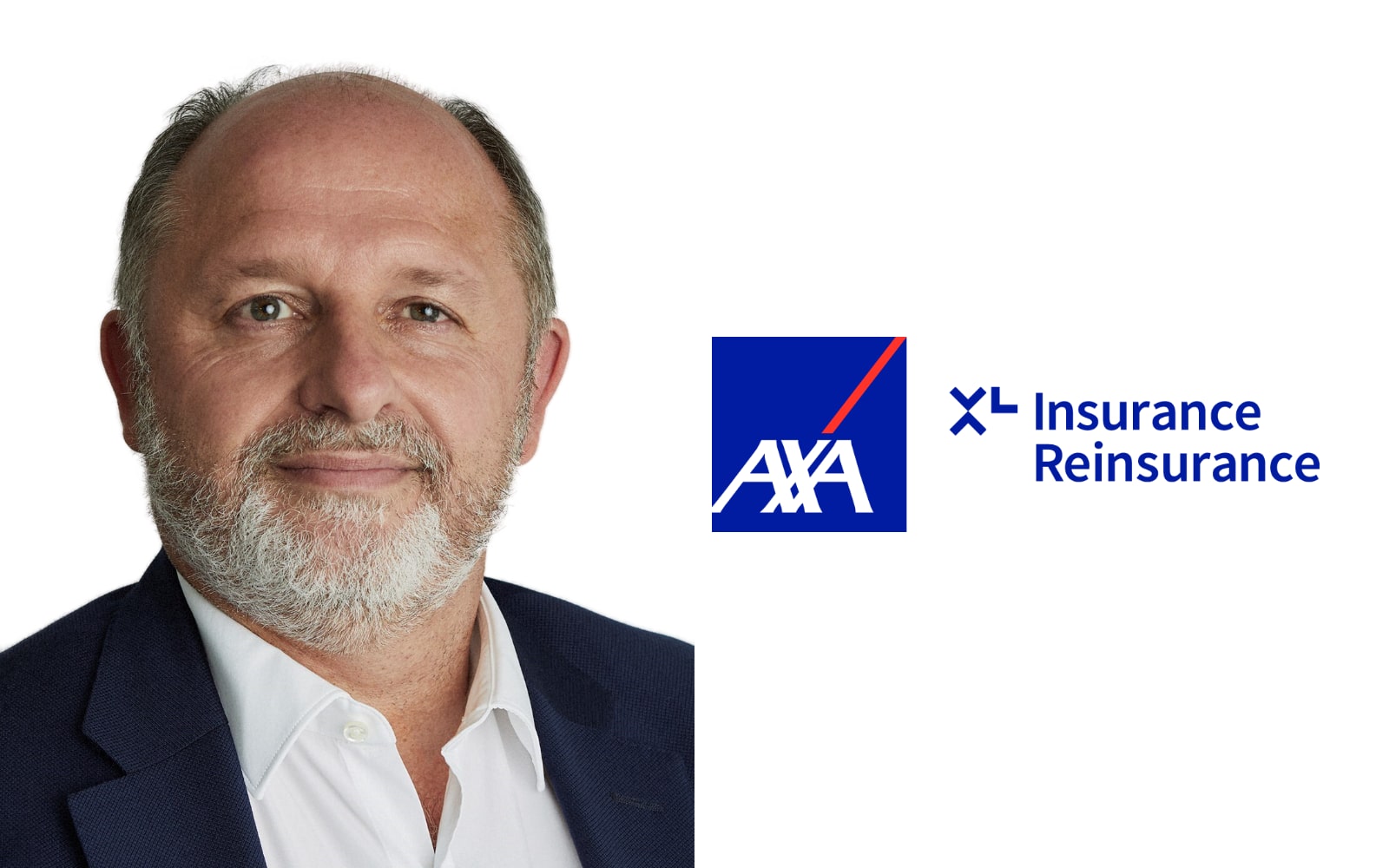As the reinsurance industry meets in Baden-Baden, the rise of secondary perils are expected to be a key focus and with elevated loss activity there will be a lot of focus on catastrophe covers at the January 1st, 2026, renewals, according to Bertrand Romagne, CEO, International, AXA XL Reinsurance.
We spoke with Romagne around the 2025 Baden-Baden Reinsurance Meeting, where the industry gets together to accelerate discussions kicked off last month in Monte Carlo ahead of the 1.1 renewal season.
Romagne explained that, for him, the rise of secondary perils are key and he expects that to be one of the most pressing trends at this year’s Baden-Baden conference.
“As an industry, we need to think differently about what are traditionally referred to as secondary perils,” he said.
“Wildfire is now almost as big a risk in Europe as in the US. We are using our research partners to promote a better understanding of risk and allow us to speak to our clients comprehensively about the risks they face both in the shorter and longer term.
“The wildfire research commissioned from the Cambridge Centre for Risk Studies shows that building codes in California have had a positive impact on the risk – properties built to chapter 7a code are 2.8 times more likely to survive a wildfire.
“By raising awareness of this kind of research, we can help be part of the solution,” continued Romagne.
In light of elevated loss activity from secondary perils such as wildfires, floods, and severe convective storms, Romagne emphasised that there is greater demand for protection ahead of the key January renewals, with a lot of focus on catastrophe covers expected.
“Catastrophe is only part of our global portfolio. Casualty, Aviation, Marine, Credit and Surety are all just as important, each with its own technical issues,” said Romagne.
Overall, Romagne feels that the market “looks good” in the run up to 1.1.
In terms of the management of AXA XL Reinsurance’s natural catastrophe exposures ahead of the renewals, Romagne emphasised that the firm has a focus on aggregate risk diversification.
“We have put a lot of work into rationalising our portfolio and it has been effective for us. The market is not short of capacity but our appetite is unchanged, we assess on a case-by-case-basis, and evaluate the relevance and the value of our clients’ business” he said.
At the upcoming renewals, AXA XL Reinsurance is keen to grow with its strategic clients and work with them throughout the cycle, explained Romagne.
“We listen to, partner and find solutions that help our cedants manage volatility sustainably. Understand what’s changed in their portfolios, their underwriting policy, their Terms & Conditions. Transparency and data quality are key to allow us to offer the best service we can,” he said.
Throughout the second half of this year, noise of market softening has intensified, although numerous industry leaders have stressed that while rates have come down from the highs of 2023, it is still an attractive market with adequate returns in many areas.
This year, reinsurers are expected to once again meet their cost of capital, but in light of the softening environment, we asked Romagne what companies need to do to ensure they continue to meet their cost of capital in 2026 and beyond.
“It requires experience and expertise, financial and reputational capital, and robustness and discipline to be able to be active in the market and bring value to clients but that’s what we do,” he concluded.

